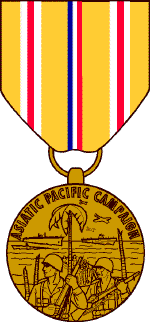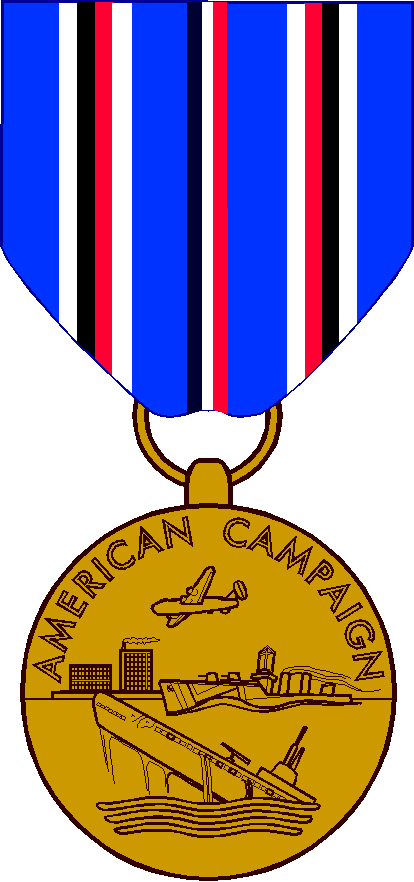 was the only child of French Canadian immigrants Henri Gagnon and his wife Irène Marcotte, from Sainte-Luce, Quebec. Rene was drafted in 1943 and elected to join the Marine Corps.
was the only child of French Canadian immigrants Henri Gagnon and his wife Irène Marcotte, from Sainte-Luce, Quebec. Rene was drafted in 1943 and elected to join the Marine Corps.  On 06-05-1943, he was inducted into the Marine Corps Reserve and sent to Marine Corps Recruit Depot Parris Island, South Carolina.
On 06-05-1943, he was inducted into the Marine Corps Reserve and sent to Marine Corps Recruit Depot Parris Island, South Carolina.  From Parris Island, Private First Class Gagnon, promoted on 16-07-1943, was transferred to the Marine Guard Company at Charleston Navy Yard in South Carolina. Rene
From Parris Island, Private First Class Gagnon, promoted on 16-07-1943, was transferred to the Marine Guard Company at Charleston Navy Yard in South Carolina. Rene  remained there for eight months and then joined the Military Police Company of the 5th Marine Division
remained there for eight months and then joined the Military Police Company of the 5th Marine Division  at Camp Pendleton, under command of Lieutenant General Keller Emrick Rockey
at Camp Pendleton, under command of Lieutenant General Keller Emrick Rockey
 , Oceanside, California. Four days later, on 08-04-1944, Rene was transferred to Company E, 2nd Battalion, 28th Marine Regiment
, Oceanside, California. Four days later, on 08-04-1944, Rene was transferred to Company E, 2nd Battalion, 28th Marine Regiment  under command of Brigadier General Harry Bluett Liversedge
under command of Brigadier General Harry Bluett Liversedge 
 . On 25-11-1951, age 57, General Liversedge died at the National Naval Medical Center, in Bethesda, Maryland. Liversedge is buried Pine Grove, California
. On 25-11-1951, age 57, General Liversedge died at the National Naval Medical Center, in Bethesda, Maryland. Liversedge is buried Pine Grove, California
 Four days later, though with much fighting still ahead, Gagnon participated in what was most likely the most celebrated flag raising in U.S. history.
Four days later, though with much fighting still ahead, Gagnon participated in what was most likely the most celebrated flag raising in U.S. history.  After the event, Gagnon recalled. “On the morning of February 23 when the Colonel ordered these four men to take up the flag, they started going up and the communications were faulty between the top and the bottom of the mountain and they ordered me to take up the radio battery. When I got up there the four-man patrol with the flag had just got up there and they were about ready to put it up and when I got up I delivered the battery and then I went over to them and I was watching them put up the flag and the very heavy Japanese pipe…it weighed quite a lot…so they said lend a hand…so I just got into it. After Iwo Jima was secured, he was ordered to Washington, D.C., arriving on April 7. Of the 22.060 Japanese soldiers entrenched on the island Iwo Jima, 21.844 died either from fighting or by ritual suicide. Only 216 were captured during the battle. According to the official Navy Department Library website, “The 36-day assault resulted in more than 26.000 American casualties, including 6.800 dead.” To put that into context, the 82-day Battle for Okinawa lasted from early April until mid-June 1945 and U.S. (5 Army and 2 Marine Corps Divisions) casualties were over 62.000 of whom over 12.000 were killed or missing ; while the Battle of the Bulge lasted 40 days (16-12-1944 – 25-01-45) with almost 90.000 U.S. casualties; 19.000 killed, 47.500 wounded, and 23,000 captured or missing. Iwo Jima was also the only U.S. Marine battle where the American casualties exceeded the Japanese, although Japanese combat deaths numbered three times as many American deaths, nearly 20,000. 2 US Marines were captured as POWs during the battle, though neither of them survived their captivity. USS Bismarck Sea had also been lost, as the last U.S. aircraft carrier sunk in World War II. Because all the civilians had been evacuated, there were no civilian casualties at Iwo Jima, unlike at Saipan and Okinawa. Together with the other two survivors of the second flag raising, Navy Pharmacist’s Mate John Bradley
After the event, Gagnon recalled. “On the morning of February 23 when the Colonel ordered these four men to take up the flag, they started going up and the communications were faulty between the top and the bottom of the mountain and they ordered me to take up the radio battery. When I got up there the four-man patrol with the flag had just got up there and they were about ready to put it up and when I got up I delivered the battery and then I went over to them and I was watching them put up the flag and the very heavy Japanese pipe…it weighed quite a lot…so they said lend a hand…so I just got into it. After Iwo Jima was secured, he was ordered to Washington, D.C., arriving on April 7. Of the 22.060 Japanese soldiers entrenched on the island Iwo Jima, 21.844 died either from fighting or by ritual suicide. Only 216 were captured during the battle. According to the official Navy Department Library website, “The 36-day assault resulted in more than 26.000 American casualties, including 6.800 dead.” To put that into context, the 82-day Battle for Okinawa lasted from early April until mid-June 1945 and U.S. (5 Army and 2 Marine Corps Divisions) casualties were over 62.000 of whom over 12.000 were killed or missing ; while the Battle of the Bulge lasted 40 days (16-12-1944 – 25-01-45) with almost 90.000 U.S. casualties; 19.000 killed, 47.500 wounded, and 23,000 captured or missing. Iwo Jima was also the only U.S. Marine battle where the American casualties exceeded the Japanese, although Japanese combat deaths numbered three times as many American deaths, nearly 20,000. 2 US Marines were captured as POWs during the battle, though neither of them survived their captivity. USS Bismarck Sea had also been lost, as the last U.S. aircraft carrier sunk in World War II. Because all the civilians had been evacuated, there were no civilian casualties at Iwo Jima, unlike at Saipan and Okinawa. Together with the other two survivors of the second flag raising, Navy Pharmacist’s Mate John Bradley 
 and Marine Private First Class Ira Hayes
and Marine Private First Class Ira Hayes



Death and burial ground of Gagnon, Rene Arthur.




 Gagnon appeared in two films about the battle: To the Shores of Iwo Jima
Gagnon appeared in two films about the battle: To the Shores of Iwo Jima  and
and  Sands of Iwo Jima. Gagnon was promoted to Corporal and discharged on 27-04-1946 and died, age 54, on 12-10-1979 in Manchester, New Hampshire and was buried with his wife Pauline,
Sands of Iwo Jima. Gagnon was promoted to Corporal and discharged on 27-04-1946 and died, age 54, on 12-10-1979 in Manchester, New Hampshire and was buried with his wife Pauline,

 who died age 80 on her birthday, 16-01-2006, at Mount Calvary Mausoleum, later on request of his wife then still alive, on Arlington National Cemetery, Section 51. They had one son Rene Jr.
who died age 80 on her birthday, 16-01-2006, at Mount Calvary Mausoleum, later on request of his wife then still alive, on Arlington National Cemetery, Section 51. They had one son Rene Jr.  and said in a interview: “He wasn’t there,” Gagnon said, before drawing deeply on a cigarette. “The Marines want to put an end to this conflict. If they weren’t going to budge, they wouldn’t be here.”
and said in a interview: “He wasn’t there,” Gagnon said, before drawing deeply on a cigarette. “The Marines want to put an end to this conflict. If they weren’t going to budge, they wouldn’t be here.” 























Leave a Reply